Custom Size Tags For your Screen Print and Embroidery projects.
Let’s talk about custom size tag options for your custom printed apparel projects projects, there are several ways to apply size/care labels and I’ll do my best to cover them all here. The different application systems are dictated by garment material, cost and quantity.
In all cases size tags are far more affordable if you do them in a large volume so keep that in mind while planning your project. With most projects the size/care label is the same on several products allowing us to fold them together for a higher volumed produced bringing the price down per unit. With that in mind try and design the label to be as general as possible so it can be used on multiple garment configurations. I tell people to try and not overthink it, your logo, the size and maybe a short brand message or wash instructions/icons. Things that are more specific like fabric content and country of origin are fine but they narrow down the garment that they will be compatible with creating more setup costs.
The Federal Trade Commission says all garment labels must contain fiber content, country of origin, and manufacturer, importer or dealer. This more applies to the actual garment vendor than it does to our customer. If you’re asking when it would apply to your project I would say if you’re selling to Walmart, Disney or regularly shipping wholesale over international boarders.
Before we start looking at the individual systems I want to point out a couple of factors that pertain to all size tag projects. The most important is probably minimum. Size tags are practical when done in a large volume like I mentioned above and unlike other print locations on a garment the size tag changes per size. Small is one set of information and Medium is another so each size-tag is a unique setup. Another thing to consider is the color of printed size tags.
All printed size tags are one color and if they needs to contrast with the garment color try and find a print color that works with all garment colors in your run. For example if you have white, black and blue t-shirts in your product line using a medium grey color for the size tag print would contrast on all the garment colors. It’s rare that we use any color other than black, white or grey for size tag printing. Most garments these days have tear-away tags, these are the manufactures tags that have been designed to tear out without damaging the seam they are sewn into. Alternatively manufactures will use woven tags that need to be cut out, it’s difficult but it is a service we provide.
Custom Screen Printed Size Tags
First and most common are printed size tags, these are done with direct screen-printing and are the most affordable and efficient way to get garment information into the collar of the shirt. This system is only compatible with non-fleece material so jersey, linen or canvas type fabrics are ideal. It’s good to remember that the information in the tag is printed lightly to prevent the ink from pushing through the fabric and may not have a great deal of contrast to the garment color to prevent the tag from showing through the back of the tee. Because of this make the details bold and easy to read, we recommend using text no smaller than 12 points.
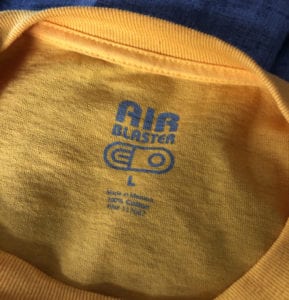
Custom Transfer Size Tags
The next type of size tag we should look at is screen-printed transfer and digital transfer. These are best used for fleece because the “wrong side” of the fleece material is very fibrous. Using direct screen-printing isn’t ideal because it’s not possible to build up the print surface film enough to matte the fibers down. This is why we recommend screen-printed or digital transfers, they have a stability to them that allows for a legible impression that will hold up to wearing and washing of the garment. We also advise against using text that is smaller than 14 points for screen-printed transfers.
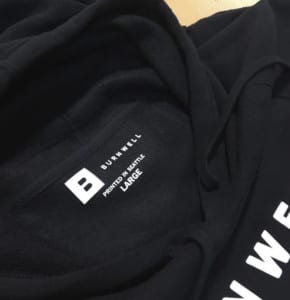
Custom Woven Size Tags
The last primary labeling system we’ll talk about is woven labels. Of the labeling systems they add the most perceived value to your project and are typically found in garments that have a higher price point. There are several ways to apply these but the most practical is to sew them in just under the piping in the collar of the tee as in the picture below. We can open the seam to sew them in as well but it is very time consuming and often expensive. Many of our vendors provide services where they will apply a woven label at the assembly stage of the garment as an option for those projects producing more than 1200 units per garment color.
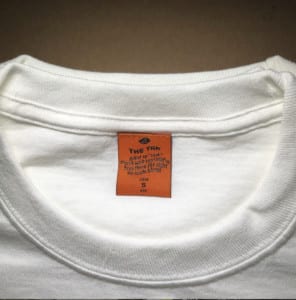
That about raps it up, feel free to give us a call if you have any questions about these type of size tag applications and we’ll get you all set up.
Thanks for reading – The Foundry Crew

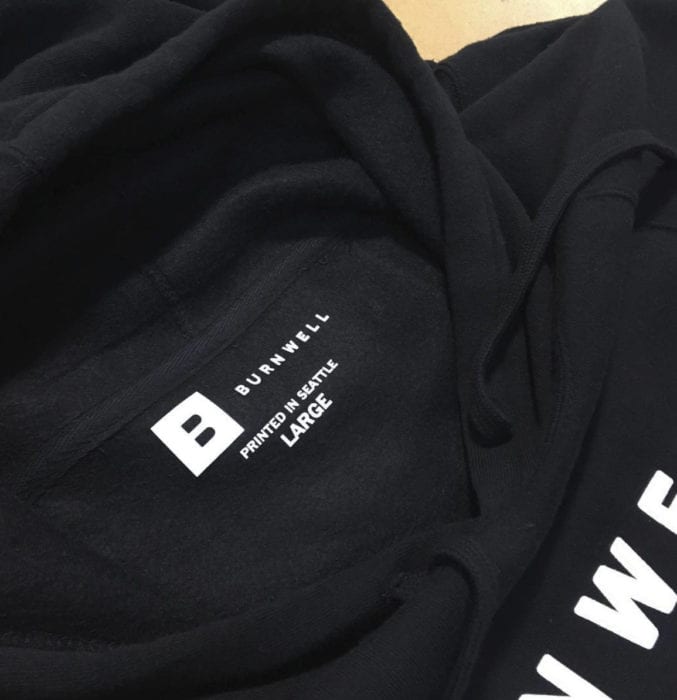
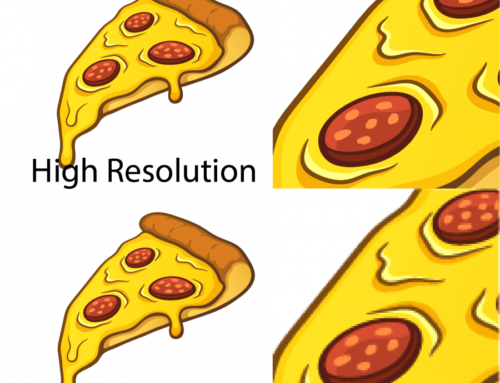
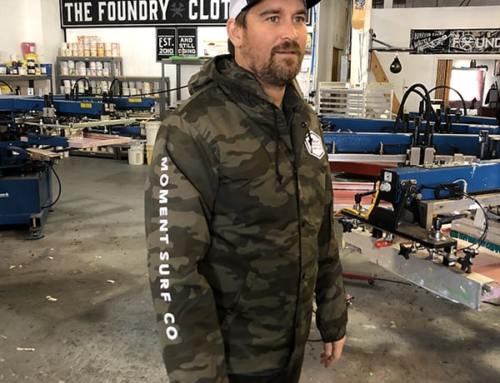
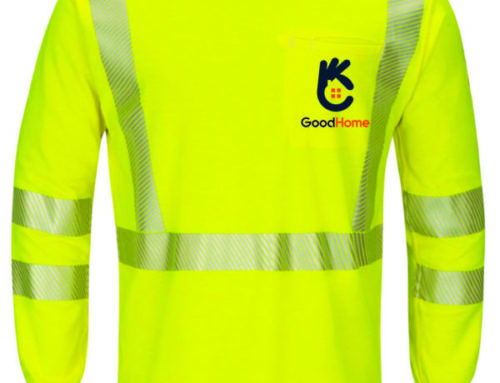
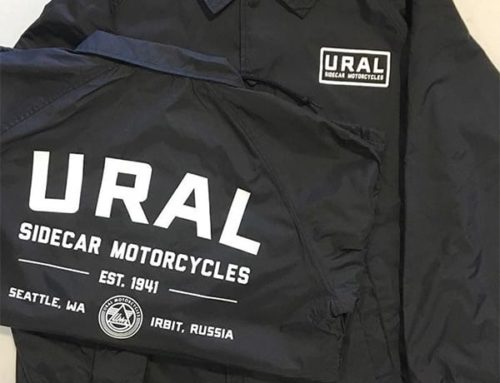
Leave A Comment